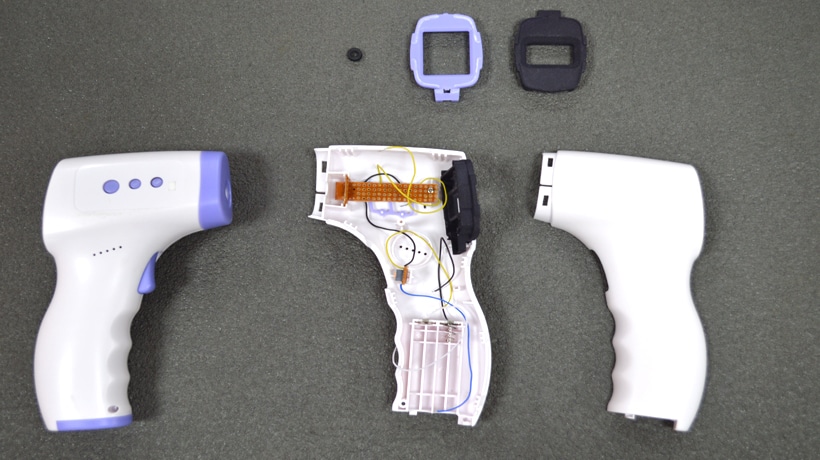The success of any new product in the medical industry starts with prototyping. Prototypes are used for testing design models, proof-of-concepts and process/manufacturing certification. And for this purpose, vacuum casting is the ideal rapid prototyping service when preparing a product for high volume production, especially with plastic injection molding.
Because injection molding requires a dedicated fixed metal frame, it’s advisable to first create a few prototypes using vacuum casting. This helps the product developer understand the fixtures and perfect the design before confirming the injection mold tool. The products made with vacuum casting have a wide variety of textures, rigidity, strength, hardness and softness, also these can be used for full engineering tests.
Below are the advantages of polyurethane vacuum casting when preparing a new product for medical application.
A Great method When you want to meet a deadline
First, it’s important to note that all vacuum casting operations begin with a master pattern. This pattern is a solid replica of the intended final part, often made with 3D printing or CNC machining.
Once the 3D printed/machined masterpiece is ready, a mold can be made from it in less than two days – one day to mix and pour the silicone and another day for full curing. This is much faster than it would take to make a plastic injection mold from steel or aluminum. Once the mold is made with the master replica it is cut in half and the masterpiece is removed. The mixture of resin is poured into the cavity to make a finished product in another two days’ time. Taken together, the development process from concept to finished product – including making the master pattern – can take seven to ten days to make around 50 functioning prototype parts, sometimes even much faster than that.
High-Quality Products
Resin cast replicas of master patterns demonstrate excellent fidelity to the original pattern. This includes not only dimensions and tolerances but also fine surface detail and texture. That means that resin cast prototypes can look and perform almost exactly like production quality plastic injection molded parts. They can also be post-machined just as with any other solid part.
This excellent surface texture also makes it easy to apply a final paint finish without needing extra sanding or polishing preparation.
Lowers the Production Cost
It is always important to control costs at every stage of production and this also applies to prototyping. Making a master pattern for vacuum casting, as well as making the silicone molds and the resin replicas is a small investment. In most cases, it requires a much smaller initial investment than alternate methods such as 3D printing or CNC machining. These savings can then be applied to further product development and eventual full production.
think3D offers high-quality industrial casting services in Vacuum Casting machines. We are experts in Vacuum casting and Prototyping, we will offer advice about what process is best for your medical products when you upload your CAD files
